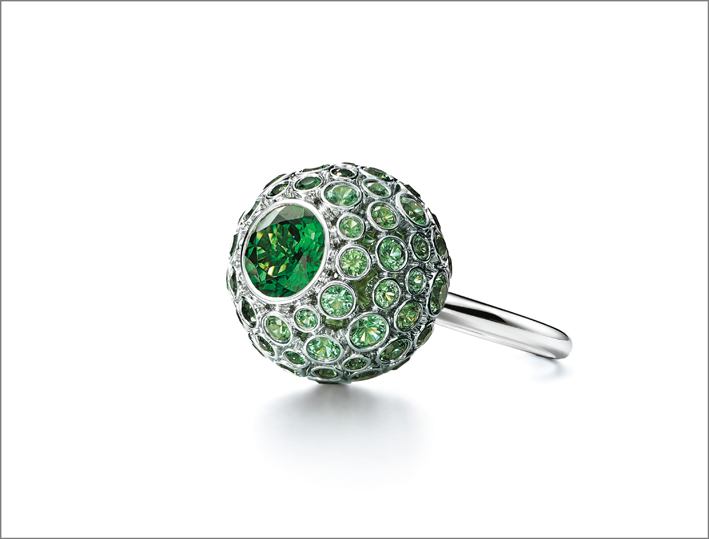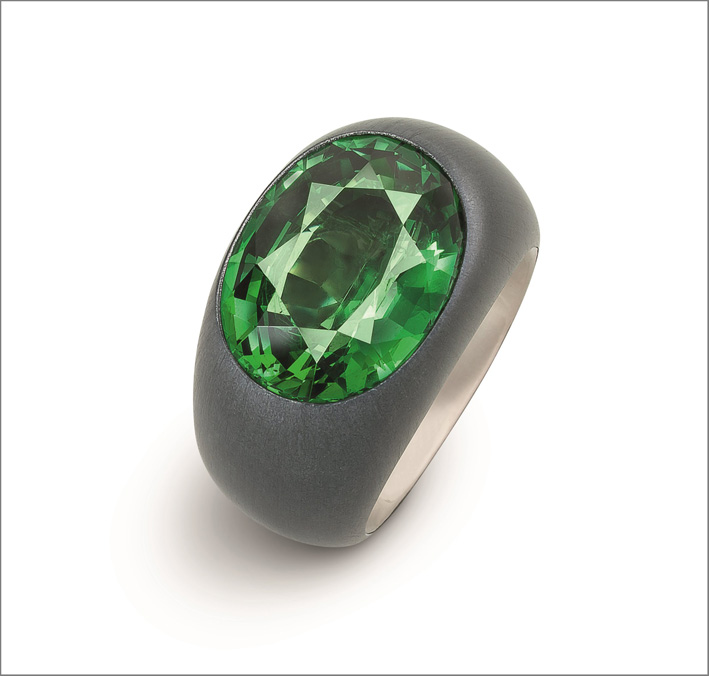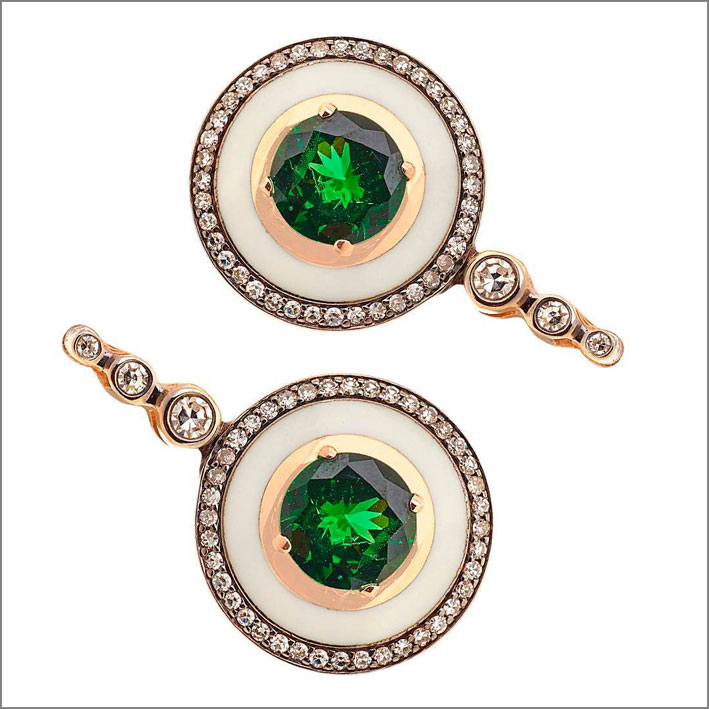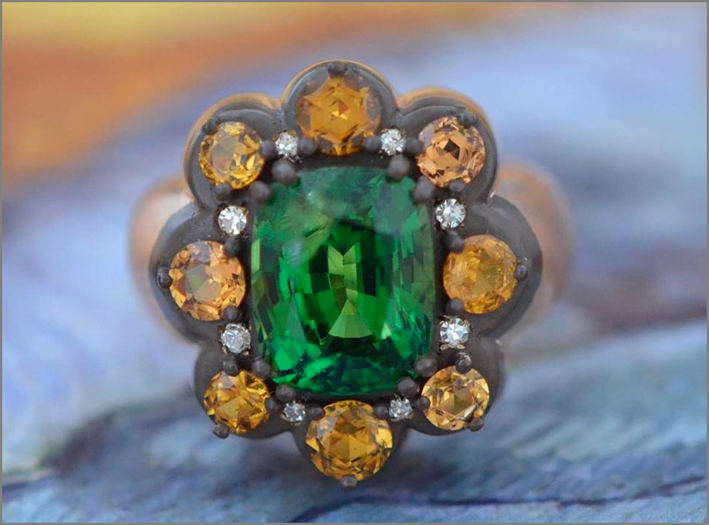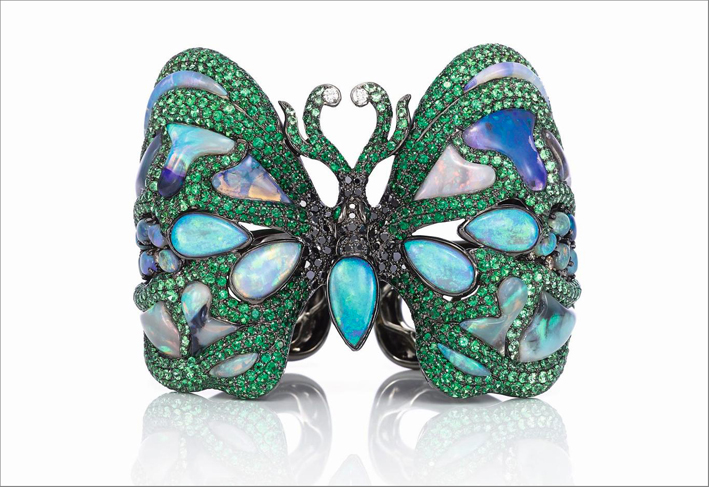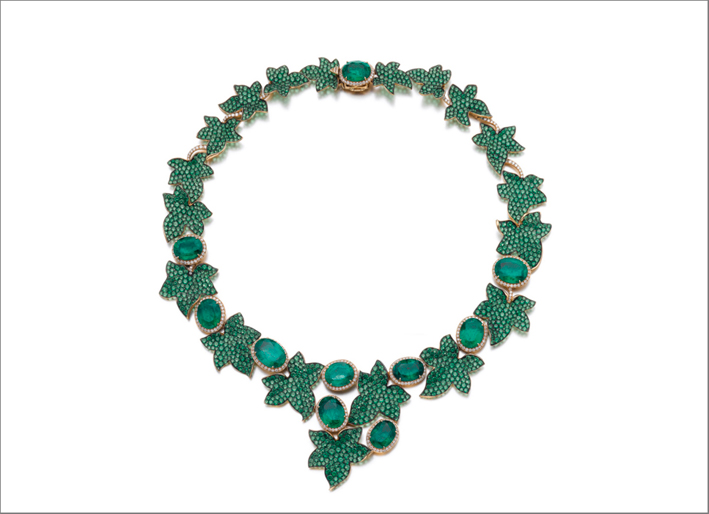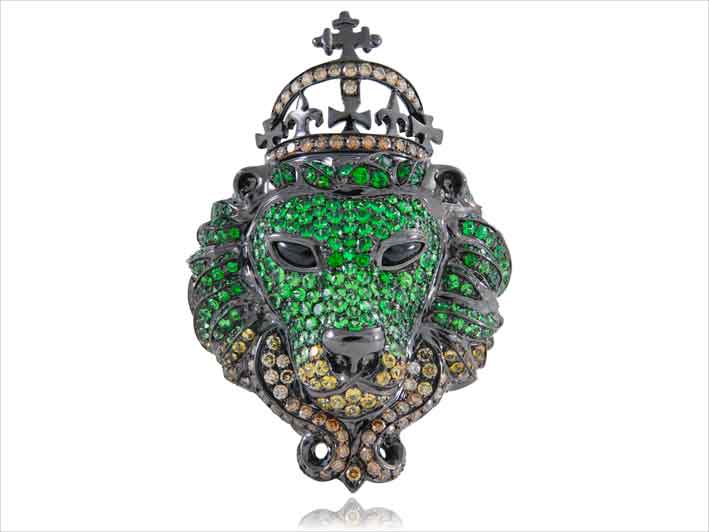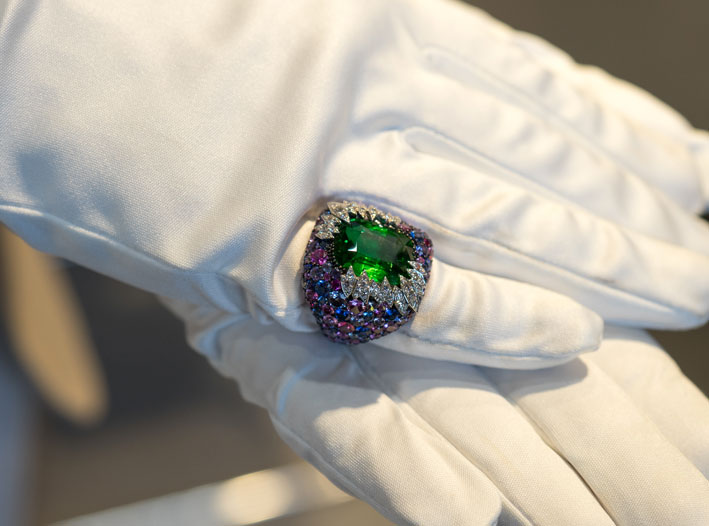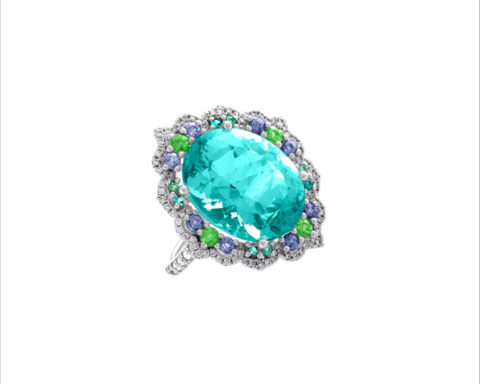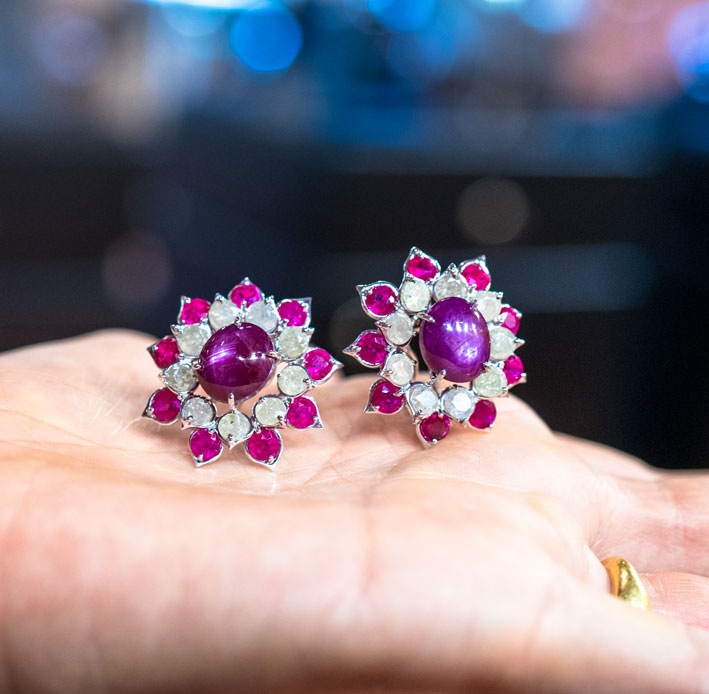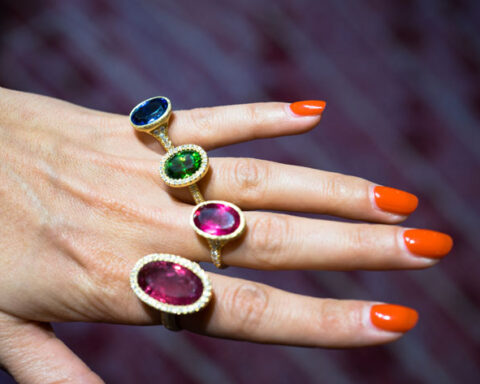The tsavorite is already more 50 years old: it was discovered in 1967. The story of the tsavorite is very adventurous, and it also includes a murder ♦ ︎
History. In 1967, in Tanzania, Scottish geologist Campbell R. Bridges was walking in the countryside when a buffalo attack him. To save life Campbell jumped into a well where he noticed a bright green rock. He was not able to pull a sample, as he was busy tu save himself. But the curiosity prompted him to do research and seven years later he discovered a gem similar to emeralds: the tsavorite. Mines in Tanzania, however, were nationalized in the 1970s, and Campbell Bridges moved his research to Kenya. In an wild area he again found a tsavorite reservoir.
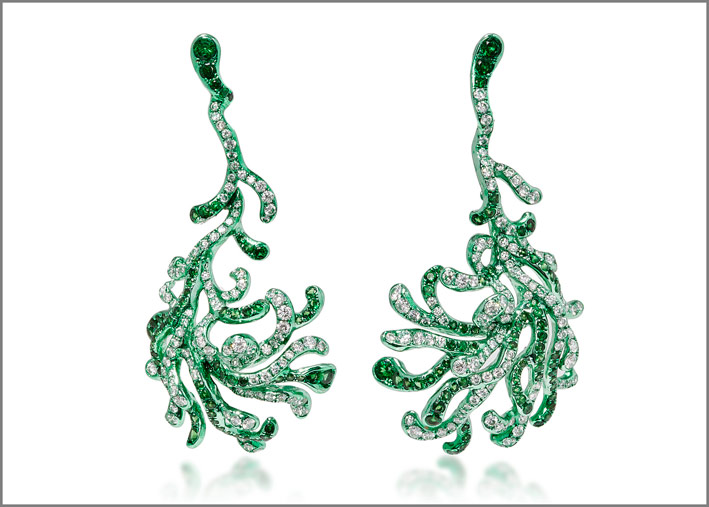
Convinced that it was a precious stone, he built a house on top of a tree to defend himself from the fierce animals and enlisted a python to watch the first gems he had found. Later in his estate he also put leopards instead watchdogs. But he did not help avoid his death: in 2009, at the age of 71, Campbell was killed in an ambush by some twenty bandits who wanted to exploit his mining concession. Today, the extration of the tsavorite is entrusted to his son, Bruce Bridges, but goes on a lot of difficulty.
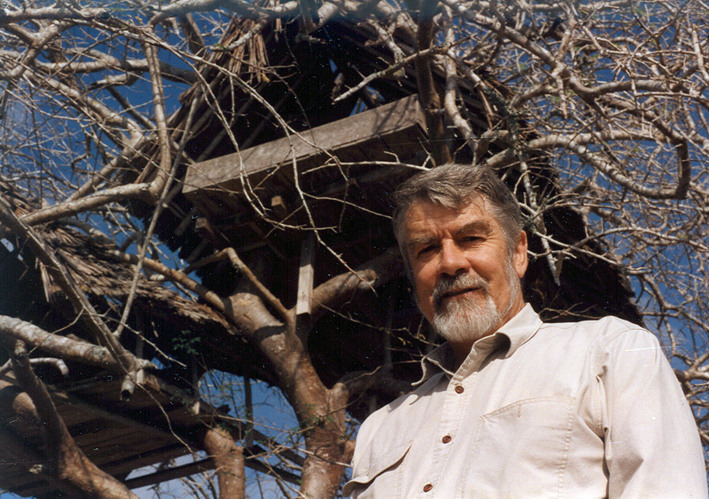
Features. The tsavorite is named after the Tzavo National Game Park on the border between Kenya and Tanzania where it was discovered for the first time and where the only known mines are located. It is a green stone, from a gemmological point of view it is a variety of garnet, particularly grossularia. The merit of spreading tsavorite is Tiffany, who in the 1970s began to make it known: Campbell Bridge was a consultant geologist at the American Maison. It was precisely Henry Platt, chairman of Tiffany, to propose the name of tsavorite to the still unknown stone.
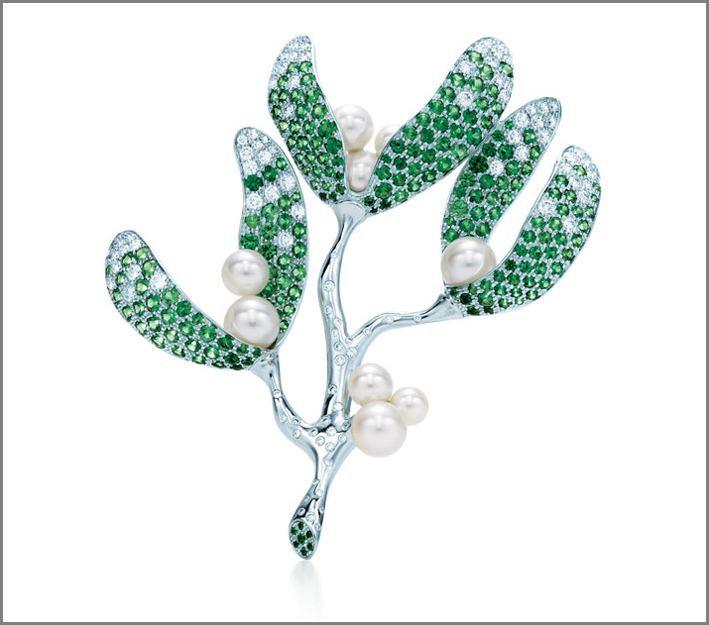
Color. The stone goes from pale green to a very intense green, very bright in all shades. Like all the other garnets, the tsavorite has a high refractive index of light. Unlike other stones, it does not undergo treatments to make it brighter, not heated and not even immersed in oil. Its hardness is similar to that of emerald, but it is more resistant to shocks. Compared with emeralds it is also easier to cut and less susceptible to accidental damage. It is particularly useful for the so-called invisible embedding. Usually the stones are small, it is rare to find rough stones larger than 5 carats. Its price is rising steadily.
